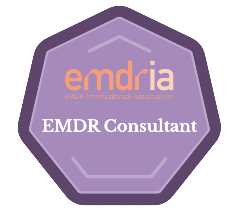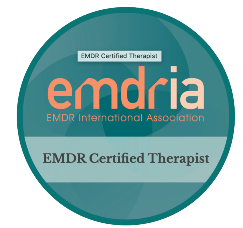Getting Positive Results from Brain Based Therapy
Brain based therapy is fast becoming the approach that many consumers turn to for effective treatment of a variety of issues. When it comes to psychotherapy for issues such as anxiety, PTSD, ADD, OCD, performance enhancement and more, therapy needs to do more than simply improve the way you feel, the experience should be transformative. Therapy should not only relieve your symptoms, but help you feel improvement in your overall outlook on life, your relationships, your behavior and your inner contentment.
Many people come to therapy to treat depression, anxiety, obsessive thoughts, grief and compulsive behaviors. Others seek help to get relief from the long-lasting effects of trauma. Psychological distress is painful, and can affect one’s brain, body and one’s wellbeing, and this distress is held in the networks in the brain. If the brain has developed strong pathways for anxiety, depression or responding to traumatization, life can become stressful, sad, and may feel like most things are out of your control. It can be helpful to talk with a professional. The therapeutic relationship in and of itself is an important component for fostering healing and repair of dysfunctional behaviors, however when combined with brain based therapy, the healing has the potential to be more thorough and pervasive.
In most cases, psychological symptoms develop as the result of unprocessed events that became stuck in the brain and the nervous system. If you suffered from trauma – big or small – your brain will keep sending you signals that the trauma is present. When the past haunts you, you can’t really experience the present moment. Enjoying simple things like eating a meal or spending time with friends and family don’t feel like fun. When your brain is telling you that something bad is going to happen – or worse – that something bad is happening right now – how can you enjoy the present?
Resolving maladaptive responses to various triggers is an important component of finding relief from many mental health issues. For example, some people experience lingering anxiety around traumas. Had you been in a terrifying car accident years ago, you may still have anxiety when driving, as if at any moment you will experience that same trauma again when driving. Changing that mental model so that it is no longer associated with an unreasonable amount of fear, can help you to reclaim the freedom of driving. Just as the brain so easily can create a fear based model out of a scary experience, it can also recreate that neuronal network to resume adaptive, healthy responses to experiences.
As the relationship between neuroscience and psychotherapy continues to evolve, the understanding of neuroplasticity – the ability of the brain to rewire itself – has taken on an important role in creating positive results from therapy.
The brain is made up of a vast labyrinth of neuronal networks that hold the models for the way we see the world, respond to the world, and interact with others. As a result, it is when anatomical changes happen in these networks that true healing occurs. These changes can occur through various forms of talk therapy, EMDR therapy, and neurofeedback, to name a few. Optimizing therapy involves incorporating these methods that will foster the most longstanding development and modification of connections in the brain.
The Next Generation of Therapy
In therapy, we often explore the issues we’ve been trying so hard not to think about. Through the EMDR lens, therapists are trained to find the root of the problem and with a combination of developing the therapeutic relationship, and providing effective EMDR therapy treatment modalities, we modify the mental model so that it is stored in a more adaptive way. At times we will offer neurofeedback prior to the EMDR therapy to expedite the process.
One of the wonderful things about brain based therapies is that the outcome is measurable. Furthermore, therapies, such as neurofeedback and Eye Movement Desensitization and Reprocessing (EMDR), generally provide more rapid and long-lasting results, than were the same issues addressed with talk therapy alone. EMDR Therapy is one of the most researched and effective methods to create this outcome. EMDR helps eliminate (as opposed to reduce) symptoms of trauma, depression, and anxiety, among other conditions. Neurofeedback is also fast becoming an option for certain conditions that are difficult to treat with other approaches.
Your therapy should be a transformative experience! A strong therapeutic relationship, clearly defined goals, and brain based treatment modalities can help you get the best outcomes from your therapy and get you back into living your best life. At the conclusion of therapy, the hope is to feel a measurable difference.
About the Author
Rotem Brayer, M.Ed., LPC is an EMDRIA Approved Consultant in Training, providing consultation to newly trained EMDR therapists, in addition to providing consultation at EMDR Center of the Rockies EMDR Basic Trainings. In addition to EMDR, Rotem provides the LENS neurfeedback training system with clients to address a myriad of issues such as anxiety, trauma, ADD and more.





